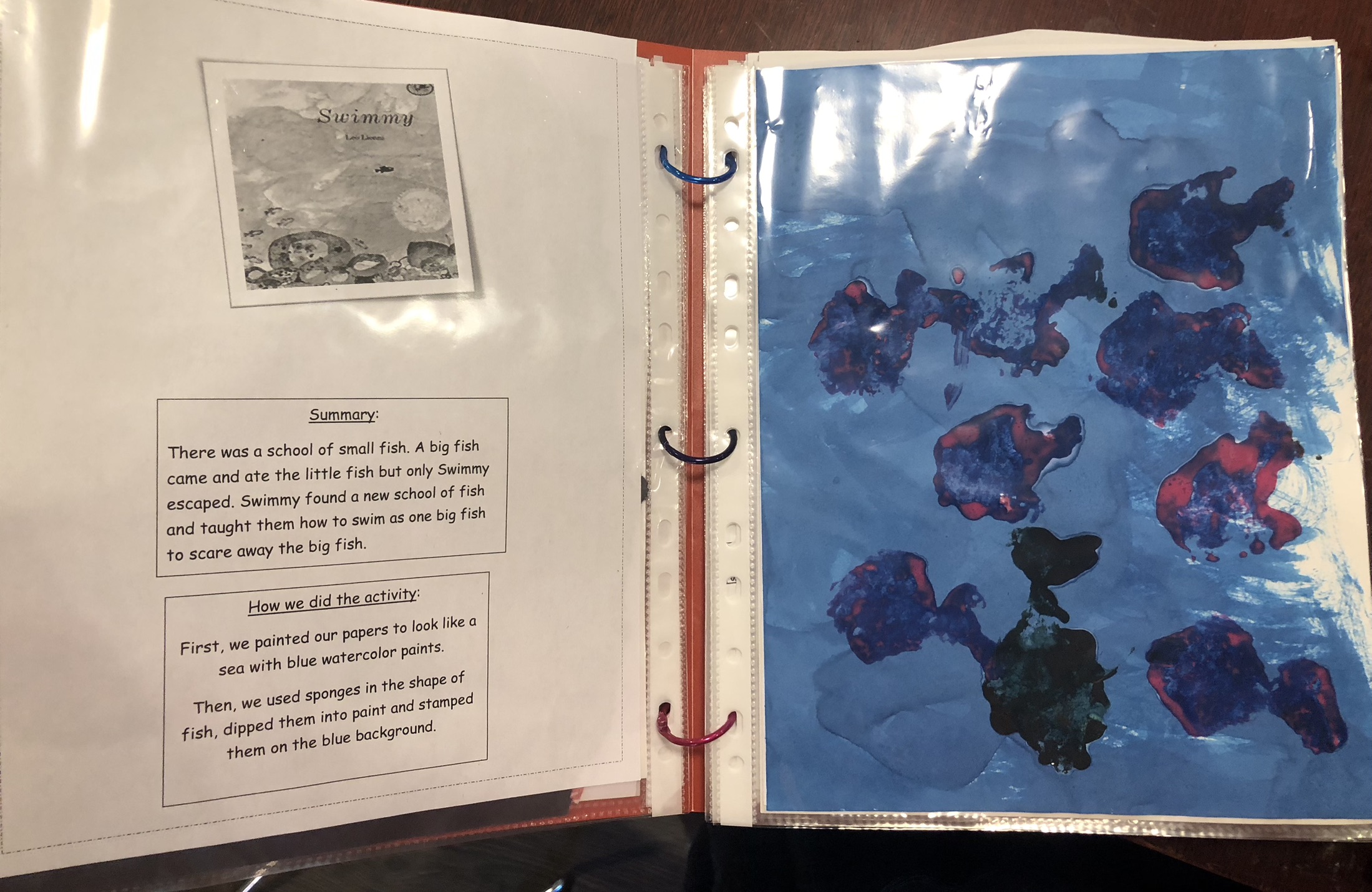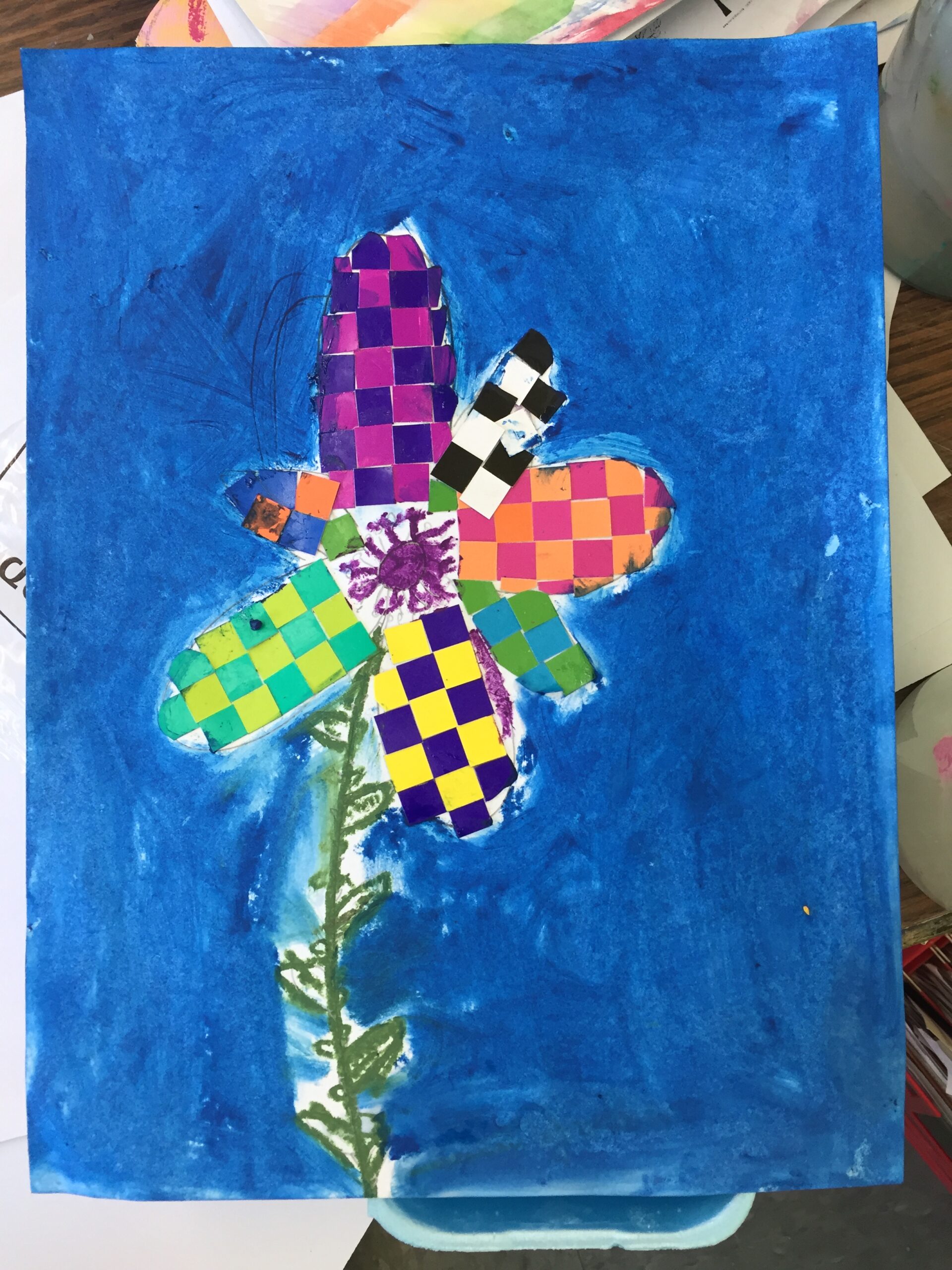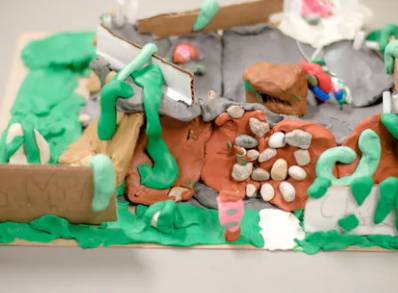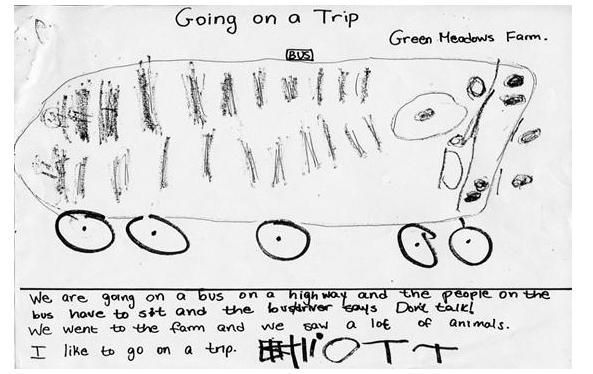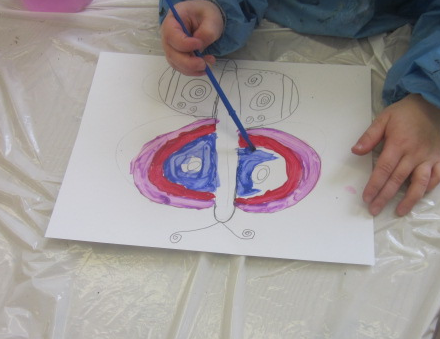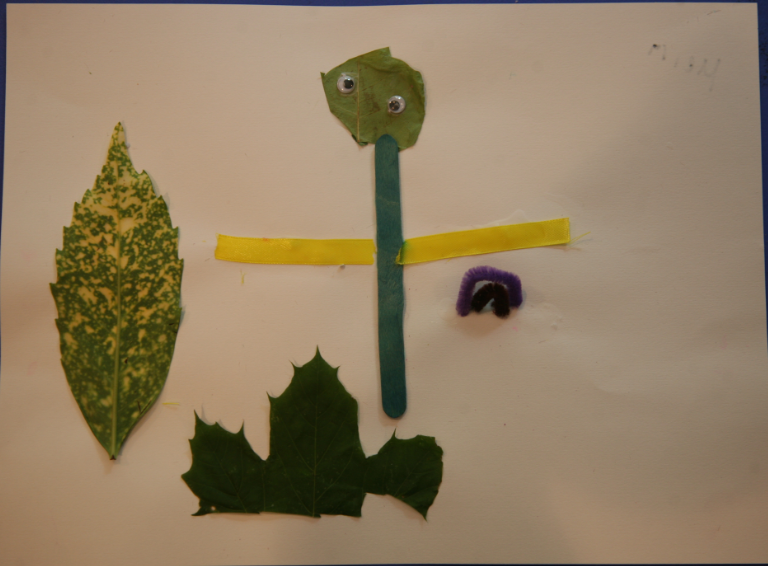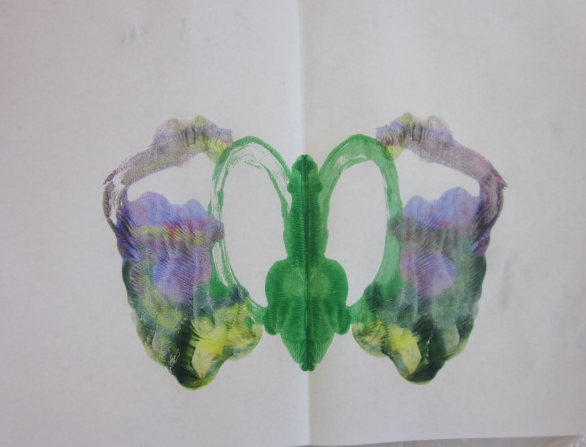The Role of Art in Education and Curriculum
Art can a transformative force in education. Not only does it inspire creativity, but it also fosters problem-solving skills, critical thinking, and emotional development in students. However, integrating art into the curriculum can be a challenge, especially when educators must adhere to strict educational standards and are not given the freedom to encourage true creativity.
In this post we will be discussing how to embed art across subjects while allowing educators to meet state and national standards at the same time.
Overview of State and National Educational Standards
Educational standards provide a roadmap for what students should know and be able to do at each grade level. These standards—whether they are state-specific or part of a national framework—serve as benchmarks to ensure consistency and accountability in education. When teachers integrate art into their lessons, they need to align these projects with standards such as the Common Core State Standards (CCSS) or the Next Generation Science Standards (NGSS) to ensure that they meet the academic benchmarks expected in their regions.
The Importance of Aligning Art with Educational Standards
Aligning art with educational standards ensures that the creative activities support students' mastery of academic skills. Curriculum alignment doesn’t mean sacrificing creativity; instead, it involves using art as a tool to meet educational requirements in more engaging and effective ways. Whether it's reinforcing math concepts, enhancing literacy skills, or exploring scientific ideas, creative art projects can be tailored to align with various learning objectives.
Incorporating art into the curriculum adds depth to standard lessons, providing students with multiple ways to understand and demonstrate their knowledge. For instance, a lesson on fractions in math can be enhanced through a hands-on art project where students create mosaics, using proportional pieces to understand fraction relationships.
Incorporating Art into Core Subjects:
Art doesn’t have to stand alone as a separate subject. It can be effectively incorporated into core subjects like math, science, literacy, and social studies, creating a rich interdisciplinary learning environment. This not only fosters student engagement but also deepens understanding of the core material.
Consider integrating art into social studies by having students create visual representations of historical events or cultural artifacts.
Similarly, in language arts, students can use art to illustrate poetry, bringing written words to life through drawings, collages, or digital illustrations. These interdisciplinary approaches help reinforce core subject matter while nurturing creative skills.
Mathematics and Art: A Perfect Pair for Visual Learning
Mathematics and art go hand-in-hand, especially when educators adopt a STEAM (Science, Technology, Engineering, Art, and Mathematics) approach. Visual math concepts, such as geometry, patterns, and symmetry, can be explored through art, providing students with an experiential understanding of mathematical ideas.
For example, students can create tessellation patterns to explore concepts of geometry or design mandalas to understand symmetry. These hands-on projects help students visualize mathematical relationships and foster a deeper understanding of abstract concepts. STEAM education is particularly effective in engaging visual learners and students who may struggle with traditional math instruction.
Beginning symmetry with young children is learned through simple activities like painting butterflies.
Science through Art: Exploring the Natural World Creatively
Science and art integration allows students to explore the natural world in creative ways, encouraging both scientific inquiry and artistic expression. Nature-inspired art activities—such as drawing botanical illustrations, designing ecosystems, or constructing models of the solar system—provide students with opportunities to observe, hypothesize, and experiment visually.
These activities not only meet science standards but also help students appreciate the beauty and complexity of the natural world. By encouraging students to create art that represents scientific concepts, teachers can foster a sense of wonder and inquiry while ensuring that academic standards are met.
Some Examples of Standards-Aligned Art Activities
There are countless examples of art activities that align with educational standards. A few project ideas include:
- Math and Geometry: Create geometric sculptures using different shapes to explore spatial relationships and properties of polygons.
- Science and Observation: Draw or paint detailed images of plants or animals to reinforce observation skills in biology.
- History and Culture: Design art inspired by ancient civilizations, helping students understand historical context and cultural significance.
Each of these activities is aligned with specific learning objectives, ensuring that students are not only engaging with art but also reinforcing their understanding of core subjects.
Assessment and Evaluation of Art Projects
Personally I don't believe much in evaluating and assessing kids art skills. It can be quite challenging, especially when it comes to measuring creativity. However, when art is aligned with educational standards, the assessment should focus on how well students meet the stated learning objectives. Rubrics can be used to evaluate not just the final product but also the process, including problem-solving, collaboration, and effort.
For example, an art project based on symmetry in math can be assessed by evaluating the student’s understanding of symmetry rather than solely the aesthetic quality of the artwork. This approach ensures that academic progress is being measured while still encouraging creativity.
Finding High-Quality Art Lesson Plans
Teachers looking to incorporate art into their lessons can access a wide range of high-quality art lesson plans online. Websites such as the National Art Education Association (NAEA) and The Art of Education provide free and paid resources that align with various educational standards. These lesson plans are designed to make it easier for teachers to create standards-aligned art projects without having to start from scratch.
Professional Development for Art Integration
Professional development is essential for teachers who want to successfully integrate art into the curriculum. Workshops, webinars, and online courses focused on art education can provide educators with the tools and strategies they need to align art projects with educational standards. In-person workshops are especially beneficial, offering hands-on experience in designing interdisciplinary art lessons and learning how to assess student progress.
Teachers should seek out professional development opportunities that offer both theoretical and practical insights, helping them to enhance their teaching practice while adhering to academic benchmarks.
Fostering a Creative Classroom Environment
Creating a creative classroom environment is key to engaging students in art activities. This involves setting up a space where students feel free to experiment, take risks, and express themselves without fear of judgment. Teachers can foster this environment by providing diverse materials, encouraging open-ended projects, and celebrating the process of creation rather than just the final product.
Promoting creativity in the classroom helps students develop problem-solving skills, resilience, and confidence—qualities that are beneficial both academically and personally. Moreover, a creative classroom is a dynamic and exciting space where students are motivated to learn.

